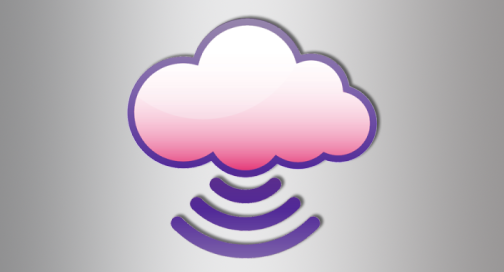
I was interviewed for Smart Business Magazine a while back, and we discussed The Cloud. These were my thoughts:
SBM: The cloud seems to be everywhere. What should businesses be thinking about? Is the cloud right for everyone?
Me: The short answer is: Yes, it’s right for everyone. The long answer is: Maybe not right now, and not for everything.First, everyone has their own definition of cloud computing. But I’ll use the shorthand that cloud computing is pooled, distributed, mostly virtualized computing resources. The cloud might be utilized for applications like Google Apps or hosted Exchange, or it might be used for all of a company’s servers and infrastructure. Cloud computing will be for everyone because there is really no turning back. Over the next five years, nearly all server computing will be pooled, distributed and virtualized. This is good. Cloud computing is cheaper, more reliable and easier to manage. The issues are more about the transition, how to get there and what will and won’t work right now. A five-person company has it pretty easy. The founder can just decide they don’t want any servers and put everyone on Google Apps on Sunday afternoon. A larger company has lots of legacy computing and applications; and disruption, training and workflow become larger considerations. They don’t have it so easy.
So why would a company want to hold off on moving to the cloud?
It’s unlikely that anyone would hold off entirely on cloud computing. Most companies are using at least one tool that is cloud-based right now, but the transition may be slower for certain types of companies. We work with a lot of ad agencies, for example. They have a great use case for moving e-mail to the cloud. We have at this point transitioned almost every client to cloud-based messaging. But transitioning all of their server infrastructure is much more difficult and, in many cases, not yet possible. An ad agency is filled with people that routinely work on 500MB files. There’s just no reasonably priced bandwidth option that gives an agency a satisfactory experience working on such big files across the Internet. They still need a LAN. That’s going to apply to most companies with lots of big files. But those companies can still take advantage of many cloud benefits by making sure their IT people are leveraging virtualization for the resources that need to stay in-house. Virtualization allows for many cloud benefits, even on a LAN.
What’s virtualization and what is its role?
Virtualization is basically where you take a server — something that has traditionally been dedicated to a single OS — and allow it to run multiple ‘instances’ of servers. It is traditionally thought of as a way to consolidate resources. Instead of running three servers, each on its own hardware, perhaps you can run three servers on one piece of server hardware. To me, that’s pretty cool, but it’s not the most important thing about virtualization. The best part is that in order to run multiple servers, virtualization has to ‘fool’ the OS into thinking it’s running on one type of hardware, no matter what the hardware actually is. As a result, the underlying hardware isn’t particularly important. Since the OS thinks all the hardware is the same, the server instances can be moved around with relative ease. Like when there is a hardware failure, a migration, or when you are moving from your LAN to a public cloud. The reason that’s cool is that it means less downtime, faster recovery from failures, faster (cheaper) migrations, and a much easier time moving to public (or semi-public) cloud resources. That’s why, even at our very smallest clients, we leverage virtualization. A virtualized environment opens up options and makes most everything easier for a move to the cloud, whether that cloud is public, private or something in between.
That’s terminology I have been hearing a lot. Private versus public clouds. What’s the difference?
Public clouds are large, distributed pools of resources that everyone can use. Amazon, Rackspace, and Google are the biggest public clouds. Private clouds still use pooled, distributed and virtualized resources like public clouds, but they are under the control of the company using them. Most large companies have data centers they operate themselves. They are increasingly becoming private clouds. The importance is blurring though. There are a number of ways to use public clouds privately. Much like using VPN technology to privately access computers over the Internet, it is possible to use public cloud resources privately with restricted access and encryption. At Ripple, for example, we run our cloud technology with total separation between clients, creating completely separate networks and servers while still leveraging a pool of technology to increase redundancy and uptime, and provide a cost-effective way for our clients to leverage the cloud.
So what should companies do as they transition to the cloud?
My counsel would be to work it through with a trusted IT resource, someone that can help you think things through from a business perspective, not just an IT perspective. At the same time, don’t just walk in and demand that your IT folks ‘put your business in the cloud. ’ There is a lot to consider from both sides (strategy and infrastructure) and moving to cloud infrastructure, while inevitable, needs to be well planned, and with the entire business in mind.
Don't Fall Behind!
Get the latest work-from-home and Humans First® IT tips straight to your inbox.